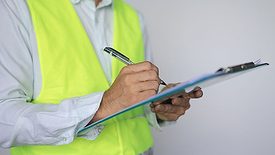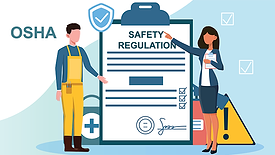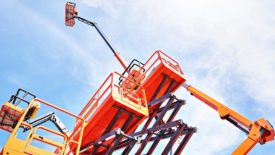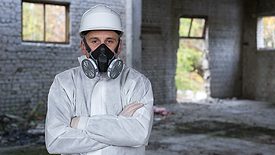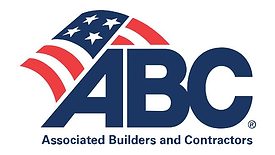Home » Keywords: » OSHA guidelines
Items Tagged with 'OSHA guidelines'
ARTICLES
Developing a Comprehensive Health and Safety Manual for Restoration Companies
Read More
Stay ahead of the curve with our eNewsletters.
Get the latest industry updates tailored your way.
JOIN TODAY!Copyright ©2025. All Rights Reserved BNP Media.
Design, CMS, Hosting & Web Development :: ePublishing
